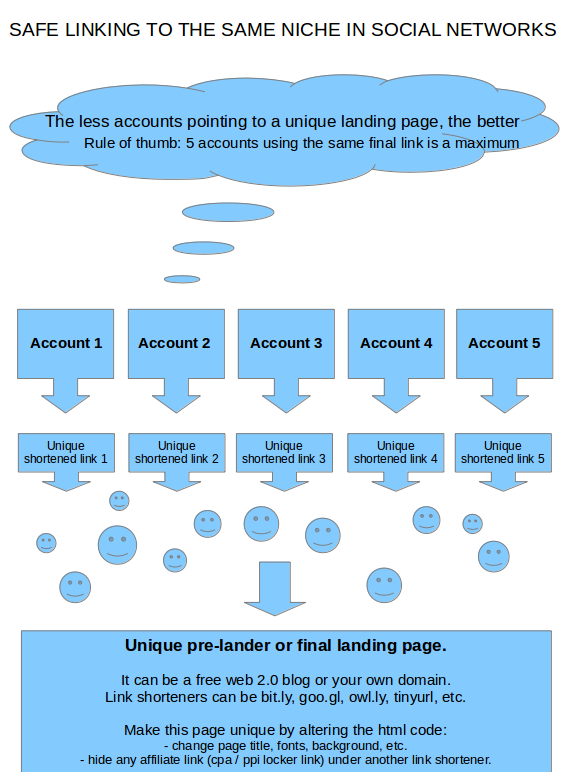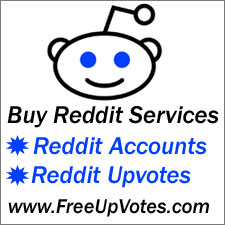A social network is having many filters that can trigger flags or bans for accounts. Here is how to safely change accounts profile data without hitting those filters:
It starts with the usernames and names. When editing account usernames and names, avoid spammy and repetitive keywords.
When uploading avatars or feed photos, avoid using the same images between multiple accounts. Use Batch Purifier to remove hidden image metadata. Also, use different file names for the images.
When adding biography or photo captions avoid using flagged keywords like hack, crack, cheat, giveaway, free followers, free iPhone… and any adult-related keywords. Be creative and don’t use the exact same text between accounts. Use a spinner (combined with some manual edit) so you’ll have different text for every account.
PLEASE NOTE! As of early 2019 Instagram made an update that can affect accounts having any profile data updated via a bot API. Instead, you can use a normal browser with the proper privacy addons; or use the bot embedded browser for updating profile data.
Links (this is a big one):
The link in the website field should be added only after about 3 days of warming-up the account. If you only have a few accounts that promotes your real business like a store or service, then adding links to your site will probably not impose any risk. Problems arise when people are starting to scale up the number of accounts and links, by mostly using the same niche and landing page, and especially when promoting PPI/CPA links (most of these particularities are flagged already in the system, like pre-made landing pages, locker links or niche specific keywords, because of the many people who are abusing the system with the same data).
So when you’re scaling up things, make sure you use the same link for a maximum of 5 accounts. Shortened links or all kind of automated redirects will not help in tricking the site that you use another link. The social network bot crawls all shorteners and redirects until the final destination, and if it finds dozens of accounts using the same link (combined with other factors that interlink the accounts like proxy subnets, similar activity and same working times, etc) it will flag that link and will throw blocks, security checks and bans at the accounts in cause.
Some links or domain TLD’s (URL’s of ready-made landing pages from PPI networks, .TK domains and other free or very cheap TLD’s) may be already flagged by social networks. Adding these types of URL’s in the website field can impose a immediate risk for the account!
Do not use the same HTML code or CPA/PPI link on more than 5 landing pages. The crawler bot scans the HTML code on the final destination page. If it finds the same code on too many URL’s (your landing pages) and combines that with flags you receive from other users (plus other factors) it will flag that URL and start throwing blocks, security checks or bans at your accounts.
Here is a visual link scheme:
The advantage of using pre-landers:
The pre-lander minimizes the risk of a social network sensing you’re using the same landing page for too many accounts, while you can’t make many changes on the final landing page because of conversion concerns, you can do so on the pre-landers to keep things as much as unique. The pre-lander will have a continue button so the crawler bot of the social net will not auto-navigate to it, only users will do so by manually clicking (although the link to the landing page placed on the continue button should be hided under a shortened link for every few pre-landers). Thus the social net will always see at the final destination, a very unique page, not stuffed with lockers and other flagged niche keywords.
Pre-landers can hold general mixed keywords, that will not pop anything about the niche itself. It is true you can lose some of the traffic with this method, but it can also prevent mass bans on the long-term.



